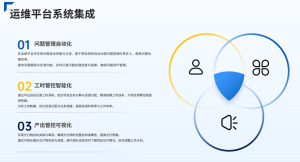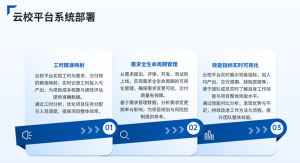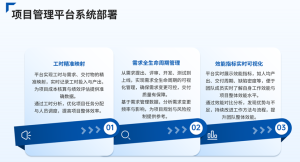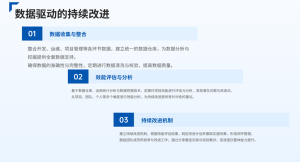Recommendations
Appliance Project
 2025-03-03
|HEA
2025-03-03
|HEA
Through the standardization of development processes, improvement of code quality, and optimization of operations and maintenance (O&M) efficiency, a highly efficient and integrated development and O&M system is established. Leveraging innovative practices and intelligent tools, the efficiency of the entire lifecycle management is enhanced, and real-time visualization of project health is achieved.
High Management Complexity
XX Appliance Company currently has over 10 O&M implementation projects, which present a high level of management complexity. The lack of unified standards for development and O&M processes leads to efficiency bottlenecks and uneven resource allocation in actual operations.
Severe Information Silos
There is a lack of flexibility in resource allocation between different projects, and the phenomenon of information silos is particularly prominent. This severely restricts overall collaborative efficiency and project delivery quality. There is an urgent need to break down information barriers between departments and enhance information flow and sharing capabilities.
Lack of Standardized Development Processes
Traditional development processes lack unified standards and norms, resulting in inconsistent code quality, high maintenance difficulty and cost, and an inability to meet the demands for rapid iteration and continuous delivery. Process optimization and standardization are needed to improve development efficiency and quality.
Lack of Real-time Monitoring and Early Warning Mechanisms
The response to issues in the O&M phase is relatively slow due to the lack of real-time monitoring and early warning mechanisms. The stability and business continuity of the system are at significant risk. It is necessary to strengthen the construction of real-time monitoring systems to identify potential issues in advance and respond promptly, ensuring the efficient and stable operation of the system.
Development Process Optimization:
Reengineering Process Architecture
By optimizing and reengineering the existing development process architecture, clarifying responsibilities and workflows at each stage, the process can be made more efficient, flexible, and transparent to support rapid iteration and high-quality delivery.
Standardizing Version Management
Implementing unified version management standards ensures consistency and standardization in code version control and release processes, reducing development issues caused by version conflicts or management chaos and improving team collaboration efficiency.
Improving Code Quality
By introducing static code analysis, automated testing, and code reviews, code quality control is strengthened to ensure maintainability, scalability, and efficiency of the code. This reduces bugs and technical debt, enhancing development efficiency and product quality.
Operations and Maintenance Management Optimization:


Full-Chain Transparency Management:


